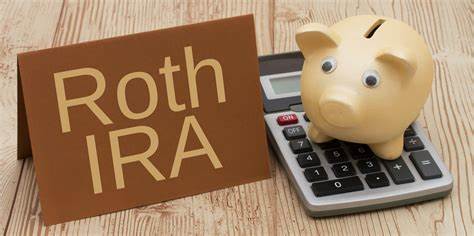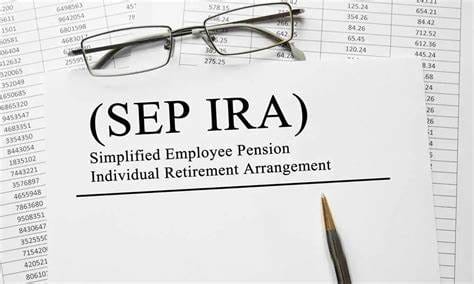What is a Roth IRA?
Tax-free retirement growth can be achieved using a Roth IRA (Individual Retirement Account) which allows you to contribute after-tax dollars today in exchange for tax-free withdrawals in retirement. That means you pay taxes now—but not later.
Key Features:
- Contributions are not tax-deductible
- Withdrawals in retirement are tax-free
- No required minimum distributions (RMDs)
- Eligibility is based on income
Roth IRA Contribution Limits for 2024
For 2024, the contribution limit is:
- $7,000 if you’re under age 50
- $8,000 if you’re age 50 or older (includes a $1,000 catch-up contribution)
Your ability to contribute phases out at higher income levels:
- Single filers: Phase-out starts at $146,000, ends at $161,000
- Married filing jointly: Phase-out starts at $230,000, ends at $240,000
🧠 Pro tip: If you earn too much to contribute directly, consider a Backdoor Roth IRA strategy.
Roth IRA vs Traditional IRA
| Feature | Roth IRA | Traditional IRA |
|---|---|---|
| Tax now or later? | Taxed now | Taxed later |
| Withdrawals in retirement | Tax-free | Taxable |
| RMDs required? | No | Yes (starting at age 73) |
| Early withdrawal penalty | On earnings only | On contributions + earnings (with some exceptions) |
Benefits of a Roth IRA
- Tax-Free Growth
All your investment gains grow without being taxed—ever. - Flexible Withdrawals
You can withdraw your contributions (not earnings) at any time, tax- and penalty-free. - No RMDs
You’re not forced to take money out at any age, giving you more control over your retirement income. - Ideal for Young Investors
If you’re early in your career and expect your income (and tax bracket) to rise, a Roth IRA makes more sense than a Traditional IRA.
How to Open a Roth IRA
- Choose a provider: Vanguard, Fidelity, Charles Schwab, and most online brokerages offer Roth IRAs.
- Fund your account: Set up automatic monthly contributions if possible.
- Pick your investments: Consider low-cost index funds or ETFs for diversified growth.
- Stay consistent: The earlier and more regularly you contribute, the more your account will grow over time.
Is a Roth IRA Right for You?
A Roth IRA is a great fit if:
- You’re in a lower tax bracket now than you expect to be in retirement.
- You want tax-free income in retirement.
- You like flexibility and control over your investments and withdrawals.
Final Thoughts on Tax-Free Retirement Growth
A Roth IRA is a powerful way to build long-term, tax-free wealth. With no taxes on withdrawals, no RMDs, and flexible contribution options, it’s a core part of many successful retirement strategies.
Whether you’re 25 or 55, it’s never too early—or too late—to take advantage of a Roth IRA.







